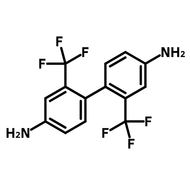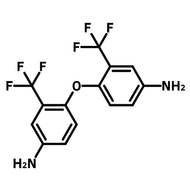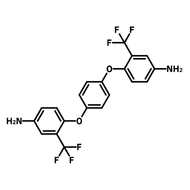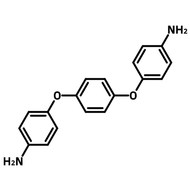1,3,5-Tris(4-ethynylphenyl)benzene
CAS Number 71866-86-9
Chemistry Building Blocks, COF Ligands, Materials, Porous Organic Frameworks
Covalent Organic Frameworks (COFs) Terphenyl Ligand
An ethynyl ligand linker for COFs in application of carbon dioxide reduction, hydrogen peroxide detection, battery cathode and water spillage.
1,3,5-Tris(4-ethynylphenyl)benzene (TEPB), CAS number 71866-86-9, has a trigonal structure with three 4-ethynylphenyl groups sitting at meta-positions to each other around a benzene ring. 1,3,5-Tris(4-ethynylphenyl)benzene is generally engaged in the synthesis of porous conjugated polymers (PCPs) and other semiconducting covalent organic frameworks (COFs).
Microporous conjugated semiconducting polymer, PCP-SO-TPB, prepared from 1,3,5-tris(4-ethynylphenyl)benzene as the linker and 2,7-dibromodibenzo[b,d]thiophene 5,5-dioxide as the active nodes via Sonogashira–Hagihara cross-coupling reaction, exhibited high BET surface areas, high CO2over N2 selectivity, and broad visible light absorptions. PCP-SO-TPB demonstrated high carbon monoxide production rate of 40.12 μmol h−1 g−1 and nearly 100% product selectivity without using organic sacrificial reagent and additional cocatalyst.
1,3-diyne-linked conjugated microporous polymer nanosheets (CMPNs), prepared by oxidative coupling of terminal alkynes 1,3,5-tris-(4-ethynylphenyl)benzene, demonstrated highly efficient photocatalytic activity for hydrogen production under visible light with quantum efficiency of 10.3% at 420 nm.
MOF and COF ligands
Ethyne ligand for cross-linked COF networks
Worldwide shipping
Quick and reliable shipping
High purity
>97% High purity
Facile reactions
Readily for click reaction and Sonogashira reaction
General Information
| CAS Number | 71866-86-9 |
|---|---|
| Chemical Formula | C30H18 |
| Full Name | 1,3,5-Tris(4-ethynylphenyl)benzene |
| Molecular Weight | 378.46 g/mol |
| Synonyms | TEPB, 4,4''-Diethynyl-5'-(4-ethynylphenyl)-1,1':3',1''-terphenyl |
| Classification / Family | Terphenyl, COF ligands |
Chemical Structure

Product Details
| Purity | >97% |
|---|---|
| Melting Point | 210 °C |
| Appearance | Off white to yellow powder/crystals |
MSDS Documentation
 1,3,5-Tris(4-ethynylphenyl)benzene MSDS Sheet
1,3,5-Tris(4-ethynylphenyl)benzene MSDS Sheet
Literature and Reviews
-
1,3,5-Triphenylbenzene Based Porous Conjugated Polymers for Highly Efficient Photoreduction of Low-Concentration CO2 in the Gas-Phase System, C. Dai et al., Solar RRL, 6 (4), 2100872 (2022); DOI: 10.1002/solr.202100872.
-
Poly(1,3,5-tris(4-ethynylphenyl)-benzene) Conjugated Polymers as Electrochemical Sensors for Hydrogen Peroxide Detection, C. Qi et al., ACS Appl. Polym. Mater., 2 (2), 685–690 (2020); DOI: 10.1021/acsapm.9b01013.
-
Conjugated Microporous Polymer Nanosheets for Overall Water Splitting Using Visible Light, L. Wang et al., Adv. Mater., 29 (38), 1702428 (2017); DOI: 10.1002/adma.201702428.
-
Recent Progress of Amorphous Porous Organic Polymers as Heterogeneous Photocatalysts for Organic Synthesis, Y. Wang et al., Adv. Funct. Mater., 2307179 (2023); DOI: 10.1002/adfm.202307179.
- Designing 3D Porous Organic Polymers for High-Performance Organic Battery Cathodes, B. Liao et al., ACS Appl. Energy Mater., 6 (16), 8581–8589 (2023); DOI: 10.1021/acsaem.3c01467.
Related Products
We stock a wide range of COF ligands available to purchase online. Please contact us if you cannot find what you are looking for.
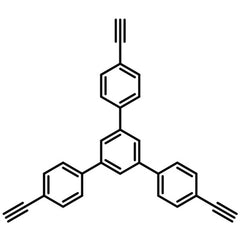
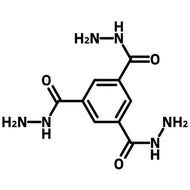
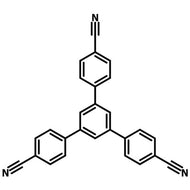
![4',4''',4'''''-(1,3,5-triazine-2,4,6-triyl)tris([1,1'-biphenyl]-4-amine)](http://www.ossila.com/cdn/shop/files/tabpt-2130745-76-3-chemical-structure-title.jpg?v=1708616414&width=190)
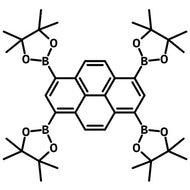
![1,3,5-Tris[4-amino(1,1-biphenyl-4-yl)]benzene](http://www.ossila.com/cdn/shop/files/tabpb-1400987-00-9-chemical-structure-title.jpg?v=1708610226&width=190)
![4',4''',4'''''-(1,3,5-Triazine-2,4,6-triyl)tris([1,1'-biphenyl]-4-carbaldehyde)](http://www.ossila.com/cdn/shop/files/tfbptz-1221509-80-3-chemical-structure-title.jpg?v=1708093553&width=190)
![[1,1':4',1'':4'',1'''-Quaterphenyl]-4,4'''-diamine](http://www.ossila.com/cdn/shop/files/qpda-53693-67-7-chemical-structure-title.jpg?v=1708086116&width=190)
![5''-(4'-Formyl-[1,1'-biphenyl]-4-yl)-[1,1':4',1'':3'',1''':4''',1''''-quinquephenyl]-4,4''''-dicarbaldehyde](http://www.ossila.com/cdn/shop/files/tfbpb-805246-78-0-chemical-structure-title.jpg?v=1708014325&width=190)
![4',4''',4''''',4'''''''-(Ethene-1,1,2,2-tetrayl)tetrakis([1,1'-biphenyl]-4-carbaldehyde)](http://www.ossila.com/cdn/shop/files/tapbe-1624970-54-2-chemical-structure-title.jpg?v=1707929446&width=190)
![[1,1':3',1''-Terphenyl]-3,3'',5,5''-tetracarbaldehyde](http://www.ossila.com/cdn/shop/files/tpta-201734-76-1-chemical-structure-title.jpg?v=1707927322&width=190)
![4',5'-Bis(4-aminophenyl)-[1,1':2',1''-terphenyl]-4,4''-diamine](http://www.ossila.com/cdn/shop/files/baptpda-2458125-05-6-chemical-structure-title.jpg?v=1707921329&width=190)
![Tris[4-(5-formyl-2-thienyl)phenyl]amine](http://www.ossila.com/cdn/shop/files/tta-tpa-883236-47-3-chemical-structure-title.jpg?v=1707918937&width=190)
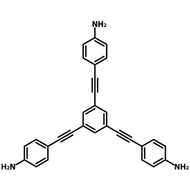
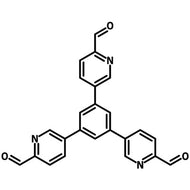
![2,9-Bis[p-(formyl)phenyl]-1,10-phenanthroline](http://www.ossila.com/cdn/shop/files/bfpp-120085-99-6-chemical-structure-title.jpg?v=1707839745&width=190)
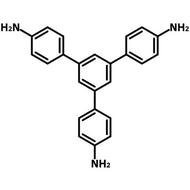
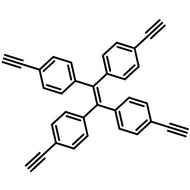
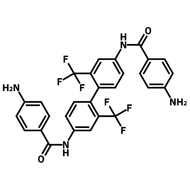
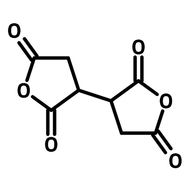
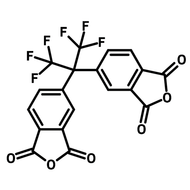
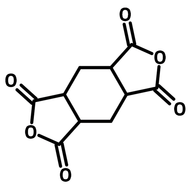
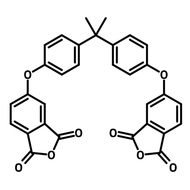
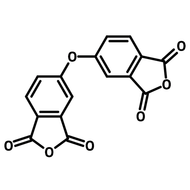
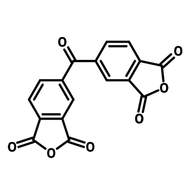
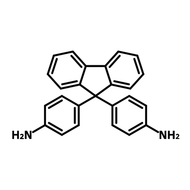
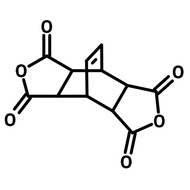
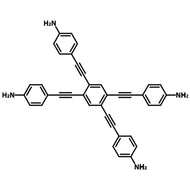
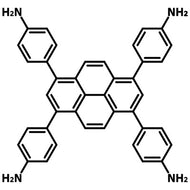
![[1,1':4',1''-Terphenyl]-4,4''-diacetonitrile](http://www.ossila.com/cdn/shop/files/tpdan-1000559-50-1-chemical-structure-title.jpg?v=1702310114&width=190)
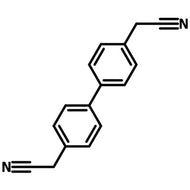
![2,4,6-Tris[4-(4,4,5,5-tetramethyl-1,3,2-dioxaborolan-2-yl)phenyl]-1,3,5-triazine](http://www.ossila.com/cdn/shop/files/tbptrz-1447947-87-6-chemical-structure-title.jpg?v=1702305933&width=190)
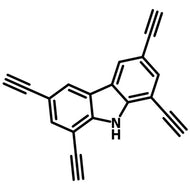
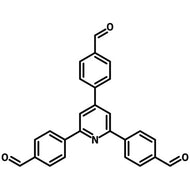
![2',5'-Dimethoxy-[1,1':4',1''-terphenyl]-4,4''-dicarbaldehyde](http://www.ossila.com/cdn/shop/files/tpda-ome-111759-27-4-chemical-structure-title.jpg?v=1702297940&width=190)
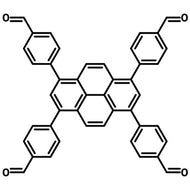
![1,3,5-Tris[(4-phenylboronic acid)]benzene](http://www.ossila.com/cdn/shop/files/tpbab-900795-73-5-chemical-structure-title.jpg?v=1702293555&width=190)
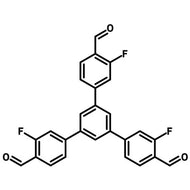
![5'-(4-Formylphenyl)-2',4',6'-trimethyl-[1,1':3',1''-terphenyl]-4,4''-dicarbaldehyde](http://www.ossila.com/cdn/shop/files/tmtfpb-2195343-70-3-chemical-structure-title.jpg?v=1702046856&width=190)
![4,4'-(Benzo[c][1,2,5]thiadiazole-4,7-diyl)dianiline](http://www.ossila.com/cdn/shop/files/btda-1203707-77-0-chemical-structure-title.jpg?v=1702045373&width=190)
![4,4'-(Benzo[c][1,2,5]thiadiazole-4,7-diyl)dibenzaldehyde](http://www.ossila.com/cdn/shop/files/btdba-914651-17-5-chemical-structure-title.jpg?v=1702044113&width=190)
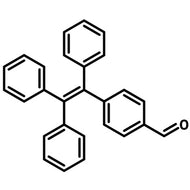
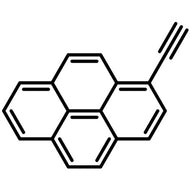
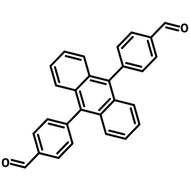
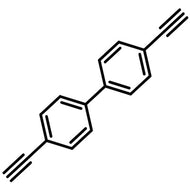
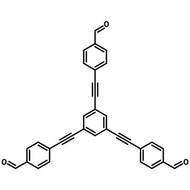
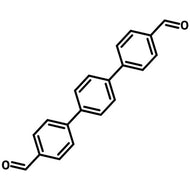
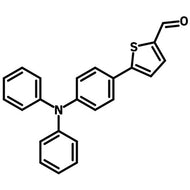
![4',4''',4'''''-Nitrilotris([1,1'-biphenyl]-4-carbaldehyde)](http://www.ossila.com/cdn/shop/files/ntbca-872689-79-7-chemical-structure-title.jpg?v=1701944784&width=190)
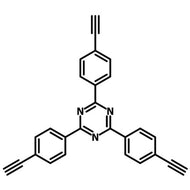
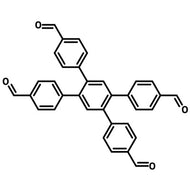
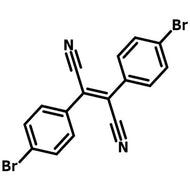
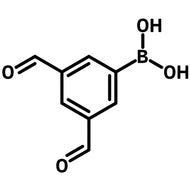
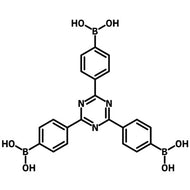
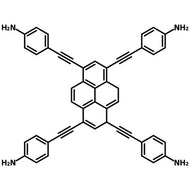
![[1,1'-Biphenyl]-3,3',5,5'-tetracarbaldehyde](http://www.ossila.com/cdn/shop/files/bta-150443-85-9-chemical-structure-title.jpg?v=1700739580&width=190)
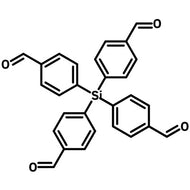
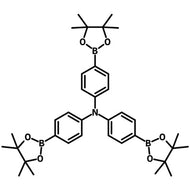
![5'-(4,4,5,5-Tetramethyl-1,3,2-dioxaborolan-2-yl)-[1,1':3',1''-terphenyl]-4,4''-diamine](http://www.ossila.com/cdn/shop/files/5-4-4-5-5-tetramethyl-1-3-2-dioxaborolan-2-yl-1-1-3-1-terphenyl-4-4-diamine-chemical-structure-title.png?v=1700149769&width=190)
![5'-(4,4,5,5-Tetramethyl-1,3,2-dioxaborolan-2-yl)-[1,1':3',1''-terphenyl]-4,4''-dicarbaldehyde](http://www.ossila.com/cdn/shop/files/5-4-4-5-5-tetramethyl-1-3-2-dioxaborolan-2-yl-1-1-3-1-terphenyl-4-4-dicarbaldehyde-chemical-structure-title.png?v=1700133486&width=190)
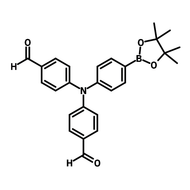
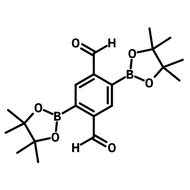
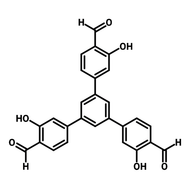
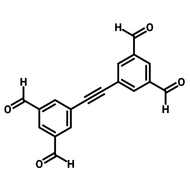
![3,3'-Dihydroxy-[1,1'-biphenyl]-4,4'-dicarbaldehyde](http://www.ossila.com/cdn/shop/files/3-3-dihydroxy-1-1-biphenyl-4-4-dicarbaldehyde-chemical-structure-title.png?v=1699879460&width=190)
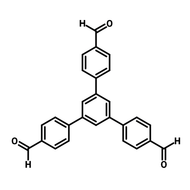
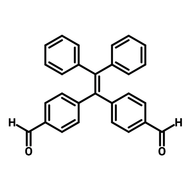
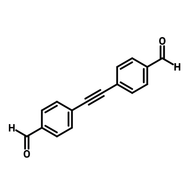
![2,2'-(5'-(4-(Cyanomethyl)phenyl)-[1,1':3',1''-terphenyl]-4,4''-diyl)diacetonitrile](http://www.ossila.com/cdn/shop/files/2-2-5-4-cyanomethylphenyl-1-1-3-1-terphenyl-4-4-diyldiacetonitrile-chemical-structure-title.png?v=1700225015&width=190)
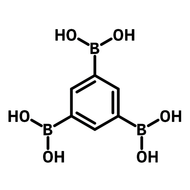
![[3,3-Bipyridine]-6,6-dicarboxaldehyde](http://www.ossila.com/cdn/shop/files/3-3-bipyridine-6-6-dicarboxaldehyde-chemical-structure-title.png?v=1698223775&width=190)
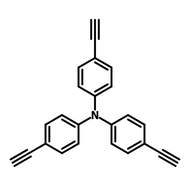
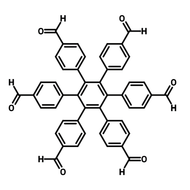
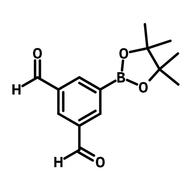
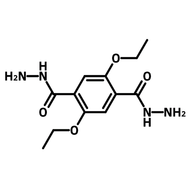
![[1,1'-Biphenyl]-3,4',5-tricarbaldehyde](http://www.ossila.com/cdn/shop/files/1-1-biphenyl-3-4-5-tricarbaldehyde-chemical-structure-title.png?v=1697627856&width=190)
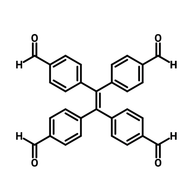
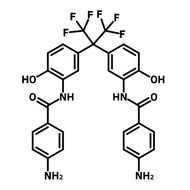
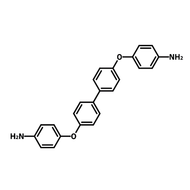
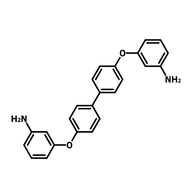
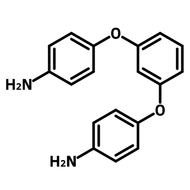
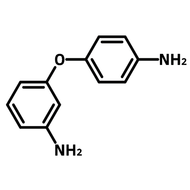
![2,2-Bis[4-(4-aminophenoxy)phenyl]propane (BAPP)](http://www.ossila.com/cdn/shop/products/bapp-chemical-structure-title.png?v=1679403349&width=190)
![2,2-Bis[4-(4-aminophenoxy)phenyl]hexafluoropropane (4-BDAF)](http://www.ossila.com/cdn/shop/products/4-bdaf-chemical-structure-title.png?v=1681225583&width=190)
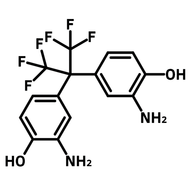
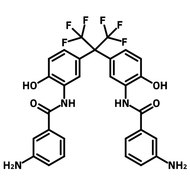
![2,2'-Dimethyl[1,1'-biphenyl]-4,4'-diamine](http://www.ossila.com/cdn/shop/products/2-2-dimethyl1-1-biphenyl-4-4-diamine-chemical-structure-title.png?v=1680597662&width=190)
